“The Colossus”
This painter remains a mystery. His works, initially attributed to Mai Trung Thu in his youthful production before his departure for France in 1943, being rejected by his family, were reattributed to a certain Nguyen Mai Thu. This new attribution seems very questionable, if not fanciful because no one knows the slightest biographical element of this character and the signature of his paintings never included the surname Nguyen or the initial N. This name of Nguyen Mai Thu appeared for the first time on sale in 2017 and can be easily picked up from now on with each appearance of a new painting bearing this signature. In any case, the very European style of these paintings suggests that he was formed through contact with French teachers, probably within the Hanoi School of Fine Arts, given the location of his landscapes. His production, concerning only oils on canvas, is mostly located in Tonkin and sometimes dated, between 1933 and 1950.
It is most of the time very difficult to find the precise location of the sites chosen by Vietnamese painters from the beginning of the 20th century, except when famous monuments are depicted. In the painting proposed here, if we place ourselves once again with this painter in the labyrinth of Along Bay, this time we could precisely identify the place which served as his model, thanks to a photograph (see photo attached) from an album published by the General Government of Indochina entitled “The Colossus” and from which Mai Thu was obviously inspired. All that remains to find it is to know by what name the Vietnamese call this rock, undoubtedly well known to the populations of the bay...





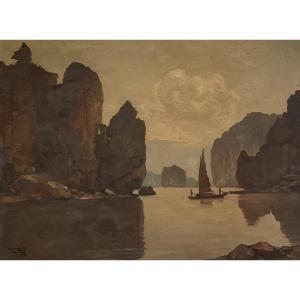







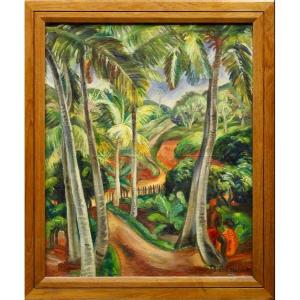

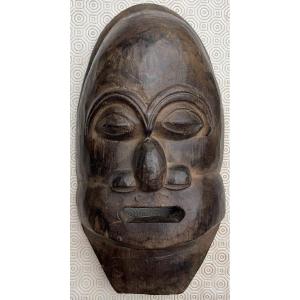
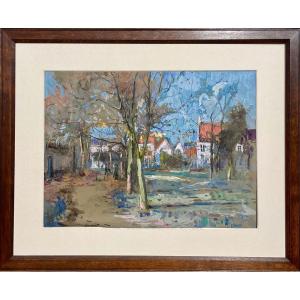

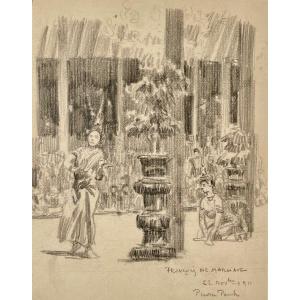
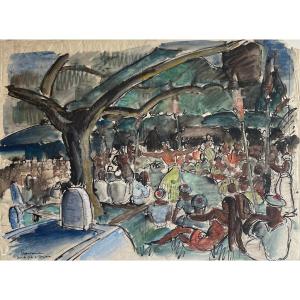
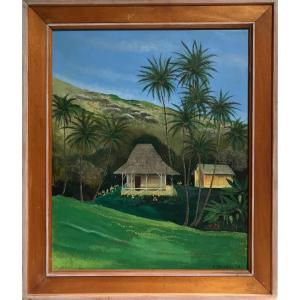
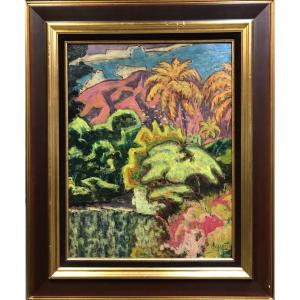
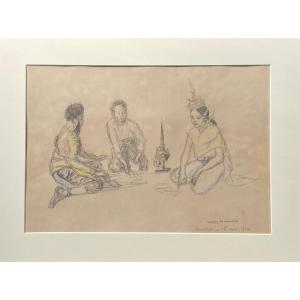


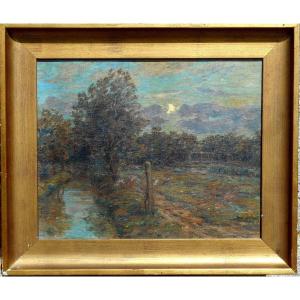
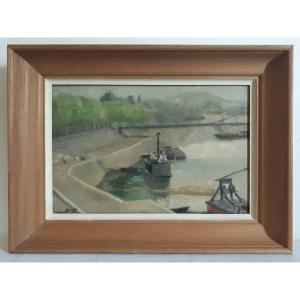




 Le Magazine de PROANTIC
Le Magazine de PROANTIC TRÉSORS Magazine
TRÉSORS Magazine Rivista Artiquariato
Rivista Artiquariato